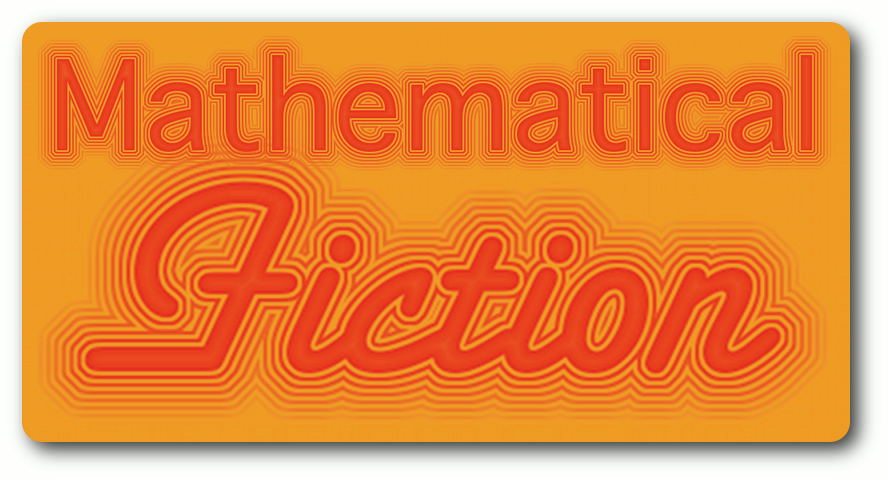| Contributed by
Vijay Fafat
A funny little story about the slightly malicious reason why Fermat wrote his famous note about his Last Conjecture in the margin of a book. Should be taken as just a chuckle-worthy piece rather than any reflection on Fermat, though some Fermat-philes might take offense to it. The story is available as a recitation by the author on YouTube.
|
In my humble opinion, the anecdote that Struck shares the YouTube video about how this story was published is more interesting than the story itself.
The twist in the story is not really much of a surprise, but for anyone who wants to avoid spoilers, consider this a warning that in the next paragraph I will be revealing information about its conclusion.
In this story, Fermat is bemoaning the fact that he is not recognized or appreciated for any of his contributions to calculus or probability. Then, inspired by something his wife said, he decides instead that he might be able to be remembered for something he didn't do. Browsing for ideas, he stumbles upon the Pythagorean Theorem and decides (without any additional thought or investigation) to claim that no integer solutions to the same equation exist if the exponents are three or higher. It is true that Fermat is remembered more for the claim that he wrote in the margin of a book than for any of the things he actually proved. The funny part is supposed to be that he just pulled this conjecture out of thin air, without having really worked on or thought about it. But, this is both a bit unfair to Fermat and implausible. As we now know (since Wiles and Taylor proved FLT not long after this story was published), it really is true that no integer solutions to xn+yn=zn exist for n>2. That would not have been easy for Fermat to guess or to test in a short amount of time. He obviously knew something deep and interesting about it, and therefore must have spent a great deal of time working on it. (His proof of the related fact that no right triangle with integer side lengths has an area which is a perfect square is further evidence of this.)
I understand that this story is just supposed to be funny, but this implausibility is part of what kept me from enjoying the punch line.
This was Strock's first published story. It appeared in Analog Science Fiction and Fact, September 1992. |

